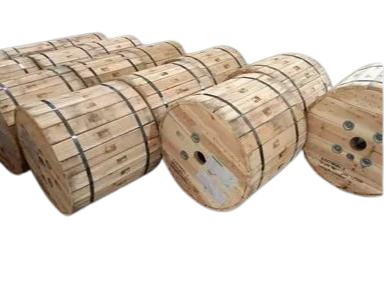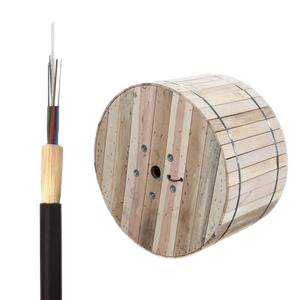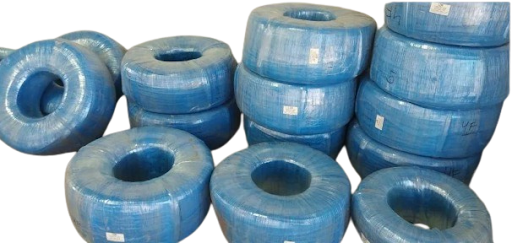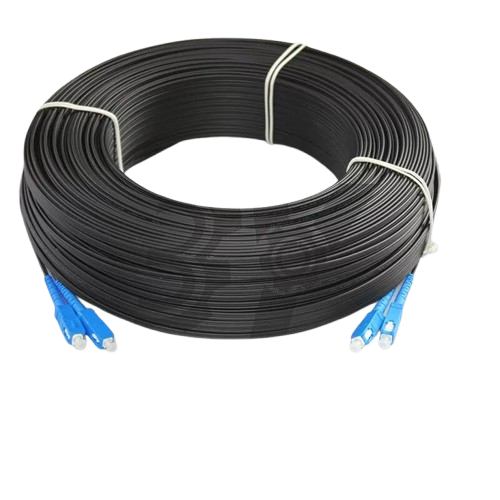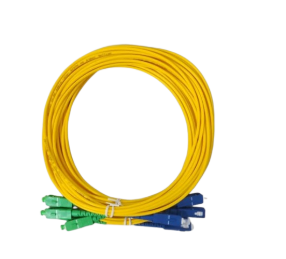Optical fiber cables, characterized by high bandwidth, immunity to electromagnetic interference, and long-distance transmission capabilities, transmit data using light signals through a core and cladding structure, offering advantages over traditional copper cables.
Here’s a more detailed features of optical fiber cables:
- Reliability
- Distance
- Bandwidth and data transfer
- Greater bandwidth
- Speed
- Greater bandwidth than traditional copper cables
- Not affected by electromagnetic interference
- Cost-effective
- Flexibility
- Interference
- Less signal breakdown
- Lossless transmission over longer distances
Key Features:
- High Bandwidth and Speed: Optical fiber cables offer significantly higher bandwidth and data transfer speeds compared to copper cables, enabling faster and more efficient data transmission.
- Long-Distance Transmission: They allow data transmission over longer distances without significant signal degradation, making them ideal for long-haul networks.
- Immunity to Electromagnetic Interference (EMI): Unlike copper cables, optical fibers are not susceptible to electromagnetic interference, ensuring reliable and secure data transmission.
- Lightweight and Thin: Optical fiber cables are thinner and lighter than copper cables, making them easier to install and handle.
- Low Signal Loss: Optical fibers experience low signal loss, allowing data to travel long distances with minimal degradation.
- Secure Data Transmission: The use of light signals makes it difficult to tap into or intercept data transmitted through optical fiber cables, enhancing security.
- Durability and Longevity: Optical fiber cables are known for their durability and long lifespan, requiring less maintenance and replacement compared to copper cables.
- Flexibility: Optical fibers are more flexible than copper wires of the same diameter, making them easier to install in various environments.
Components:
- Core: The central part of the fiber where light travels, typically made of glass or plastic.
- Cladding: A layer surrounding the core with a lower refractive index, guiding light along the core through total internal reflection.
- Buffer Coating: A protective layer around the cladding, shielding the fiber from moisture, mechanical damage, and other environmental factors.
- Light pulses travel through the core of the optical fiber, which is surrounded by a layer called cladding.
- The cladding has a different refractive index than the core, which causes the light to be reflected back into the core, preventing it from escaping.
- This phenomenon is known as total internal reflection.
Advantages of Fiber Optic Cables:
- High Bandwidth and Speed: Fiber optic cables can transmit much more data and at higher speeds than traditional copper cables.
- Long Distance Transmission: Light signals can travel long distances through fiber optic cables with minimal signal loss.
- Immunity to Electromagnetic Interference: Fiber optic cables are not affected by electromagnetic interference, which can degrade signals in copper cables.
- Security: Light-based transmission is more secure than electrical signals, as it is difficult to tap into.
- Single-mode: Uses a smaller core diameter, allowing only one light path, resulting in lower signal loss and higher data rates.
- Multimode: Uses a larger core diameter, allowing multiple light paths, suitable for shorter distances and lower data rates.

